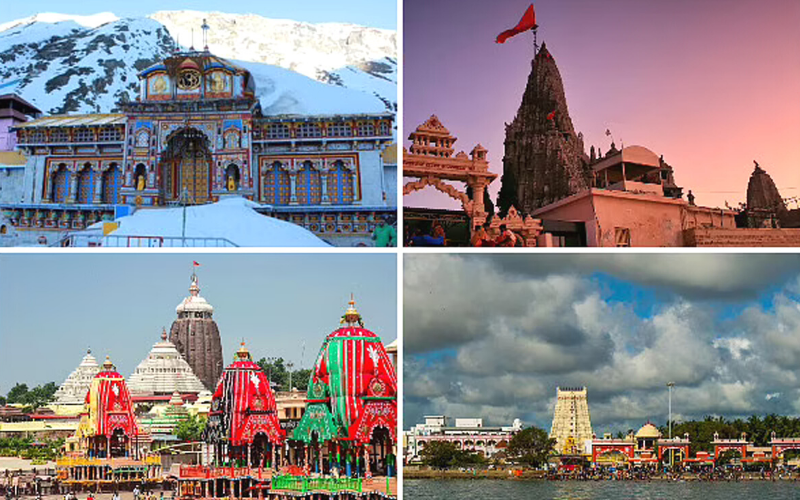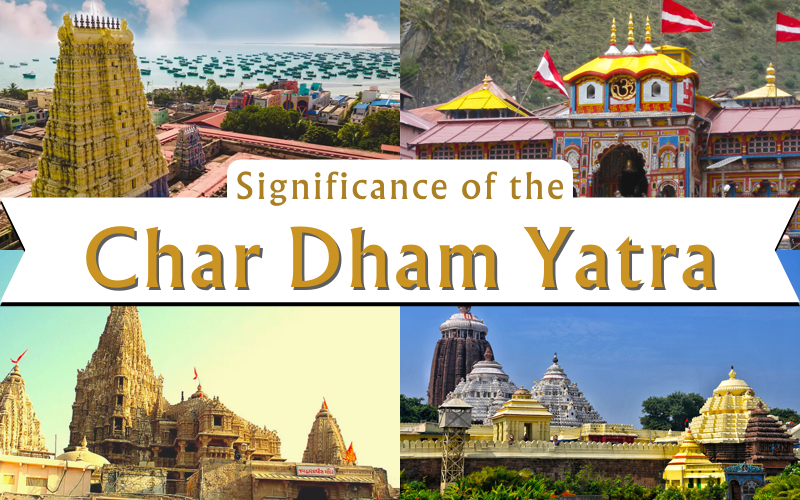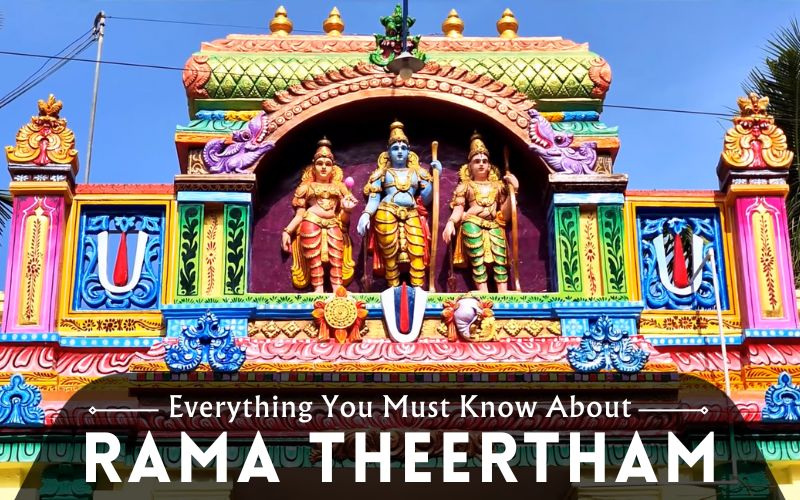What is the Significance of the Char Dham Yatra
Rameshwaram is one of the char dhams mentioned by Adi Shankaracharya, referring to the four pilgrim sites every person must visit at least once in their lifetime. Read on to learn more about the char dhams and their significance. To the uninitiated, Adi Shankara was an 8th-century philosopher and a proponent of the Advaita philosophy. He established four mutts, each in India’s North, South, East and West. He also composed several hyms and verses in praise of every lord, ranging from Soundarya Lahiri and Kanakadhara to granthas like Vivekachoodamani and Bhaja Govindam. His nirvana shatakam is the most poignant and powerful, granting the chanter inner peace and salvation.
What is the Significance of the Char Dhams?
Char dhams or chatur dhams refer to four holy abodes. It is believed that visiting the four abodes helps a person attain moksha or salvation. Each abode represents the four yugas. While Badrinath represents Satyuga, Rameshwaram represents Tretayuga, Dwarka represents Dwaparyuga, and Puri represents Kaliyuga.
The four dhams mentioned by Adi Shankara include:
- Jagannath Puri – East
- Badrinath Badrinarayan – North
- Dwaraka Krishna – West
- Rameshwaram Ramanathaswamy – South.
One must begin with the Puri Jagannath Temple in the east and proceed clockwise as a circumambulation or pradakshina. Adi Shankara purposely chose these four places across the four corners of the country to help revive Hinduism. Geographically, the location of the four temples forms the perfect square as Badrinath and Rameshwaram fall on the exact longitude while Dwarka and Puri fall on the same latitude. Three abodes are dedicated to Vaishnavism and one to Shaivism. Adi Shankaracharya also established a mutt in these abodes, dedicating each mutt to preserving one of the sacred Vedas. For instance, the Jyothir Mutt in Badrinath was assigned to protect Atharva Vega, Sharada Mutt in Dwaraka to preserve Sama Veda, Govardan Mutt to preserve Rig Veda, and Sringeri Sharadha Mutt in Chikkamanguluru to preserve Yajur Veda.

What is the Significance of the Four Temples
Jagannatha Temple
The Puri Jagannatha Temple is over 1000 years old and dedicated to Lord Krishna. It is also the only temple where Krishna is venerated along with his siblings Subadra and Balarama. The main deities and the Sudarshana Chakra are made from neem wood. In fact, worshipping of the deities predates the temple and is supposedly on Earth from the Treta Yuga itself.
Rameshwaram Ramanathaswamy Temple
This temple is believed to have been consecrated by Lord Rama after returning from Lanka to absolve himself of Brahmahatti dosha because Ravana was a Brahmin. In fact, did you know Ravana even performed the yagna before building the Ram Sethu, as he was the only Brahmin who had never missed his puja and the only eligible person to complete the yagna? It is one of the 12 jyothirlinga sites where Shiva is venerated as a pillar of light.
Dwaraka Krishna Temple
The Dwarka Temple is dedicated to Lord Krishna and literally means Gateway of Moksha. It is believed to be the original abode of Krishna and was submerged in the sea. The modern-day temple was built 2,500 years ago by Vajranabh, the great-grandson of Lord Krishna. The temple was renovated several times, the latest in the 16th and 18th centuries. The main deities here include Dwarkadheesh, Balrama, Pradyumna, and Anirudha, the last two being the grandsons of Lord Krishna.
Badrinarayan Temple
The Badrinath Temple is often called Bhuvaikunta and is situated on the banks of the Alaknanda River. The temple is open only from April to November and is closed in other months due to the extreme weather. The main deity of the temple is Badrinarayan, and made of black stone. It is believed that the temple could have been built during the Vedic period, i.e., around 1750 to 500 BC. It is mentioned in several ancient texts, including the Vishnu Purana, Skanda Purana, Mahabharata, and the Divya Prabhandas.
Visit us if you are on a char dham yatra and looking for affordable accommodation in Rameshwaram. We are one of the best 3-star hotels in Rameshwaram near the temple, offering five-star accommodation.




